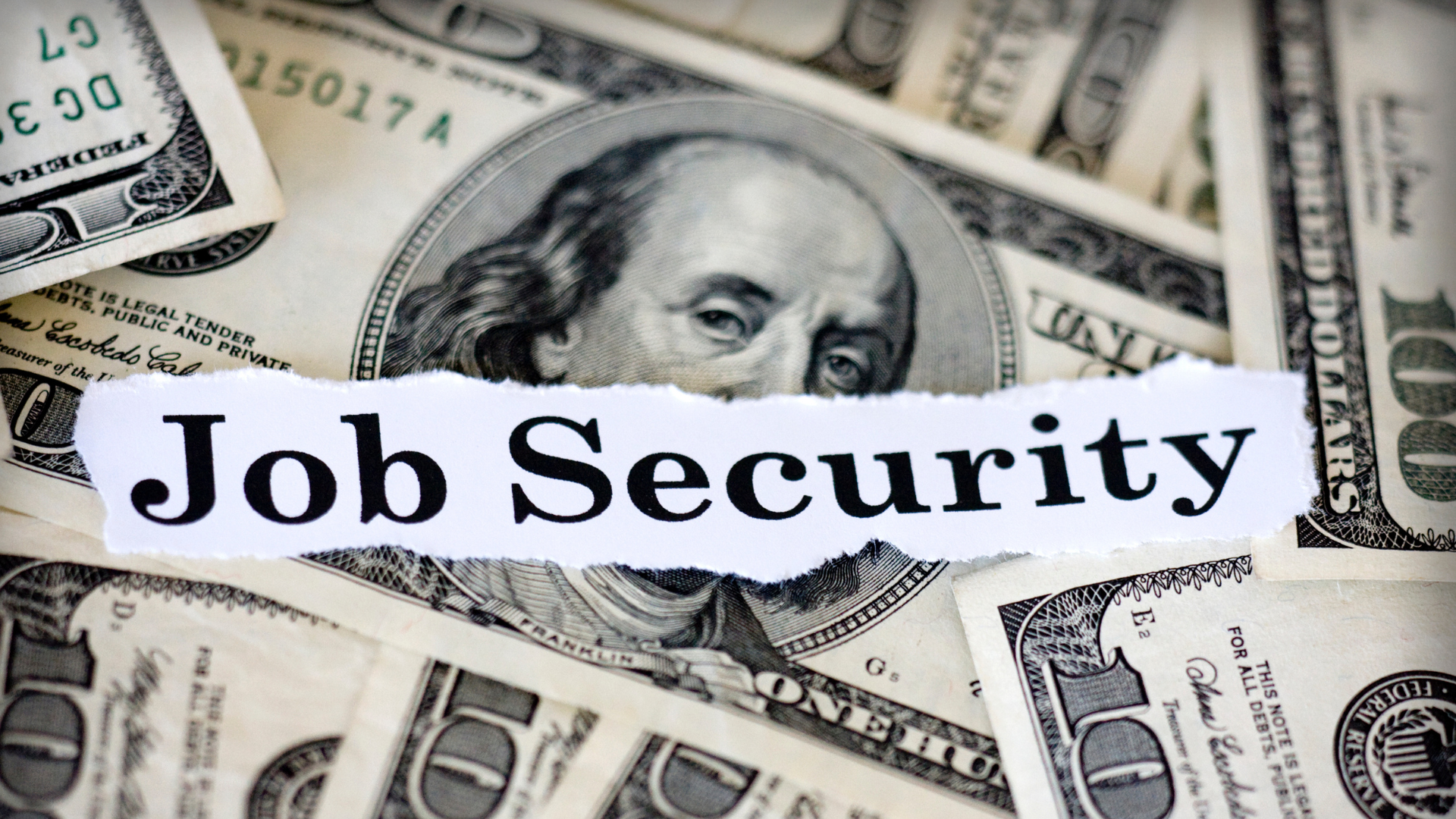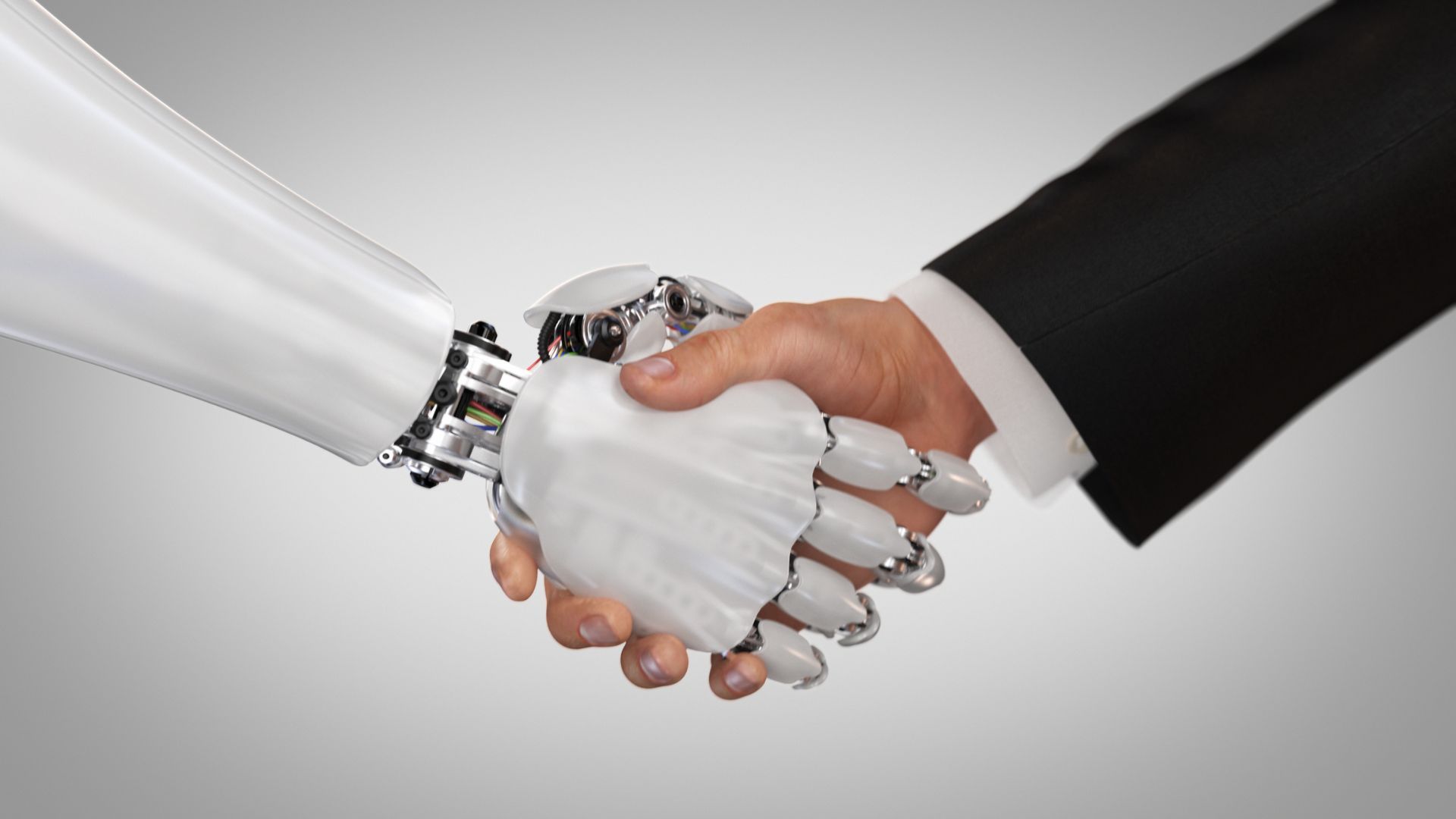Performance Reviews in the COVID-19 Era: What Leaders Need to Know
Robin Joelle • December 2, 2020

There's no denying that adjusting to the "new normal" when it comes to operating a business can be a challenge. Atlassian reported that although more Australians are now satisfied
with their remote work operations (around seven in ten workers admit that their job satisfaction and work-life balance has actually improved), many still miss the social interactions in a traditional office.
There's definitely a lot to miss about interacting with people in the office, and getting updates on your work is one of them. Although performance reviews can be scary, it's also worth noting that these sessions are great ways that you and your manager can work towards making you better.
To help overcome this challenge, here are three tips to help managers create effective performance reviews in the COVID-19 era.
Improve your communication
Any good company knows that constant communication is key to making sure everyone stays productive and motivated during the pandemic. In fact, Canva CEO Melanie Perkins notes that the cloud startup has even increased communication with the advent of remote work. This focus on proactive communication should also be taken into consideration when scheduling performance reviews. If your company used to do performance reviews twice a year, you can consider increasing it to once every quarter. This constant communication shows employees that you still value their work, even though you might not be able to show it in person.
Leverage data analytics
Looking at the numbers gives you concrete metrics when it comes to employee productivity. This is especially true for companies who have employees on the ground. Verizon Connect highlights the importance of fleet management solutions as a way for managers to stay connected with their drivers and make sure they’re completing their tasks. Looking at data also allows you to create specific plans for moving forward. If logistics companies are finding that their drivers are consistently arriving late to their locations, that’s a sign that either routes need to be optimised, driver behaviour needs to be addressed, or perhaps even the fleets themselves need maintenance. The same can be said for managers overseeing remote workers. With the help of data analytics, employee assessment becomes a bit easier despite not being in the same physical office, thus making performance reviews more objective and evidence-based.
Focus on improving morale
As mentioned in our post on What is Humble Leadership?,
the best managers are the ones who listen and inspire their employees. This is especially important to keep in mind with remote work, as it's easy to lose that sense of connection between your employees. As such, you should always strive to approach these conversations from a place of encouragement. Point out what your employees are doing well, whether it's meeting project deadlines on time or helping boost team morale. If there are any problems that should come up, make it clear that you want to work with them to find a solution.
Frequent performance reviews are essential to make sure that your business survives the pandemic. Adopting a people-first approach to performance reviews can help strengthen your relationship as a team. These three key rules can help you remember that at the end of the day, performance reviews are a way for you and your team to grow together.
Article exclusively written for people2people.com.au
Authored by Robin Joelle
Find the job you love I Find the right talent
Get in touch with people2people
Australia
I
United Kingdom
In business since 2002 in Australia, NZ, and the United Kingdom, people2people is an award-winning recruitment agency with people at our heart. With over 12 offices, we specialise in accounting and finance, business support, education, executive, government, HR, legal, marketing and digital, property, sales, supply chain, and technology sectors. As the proud recipients of the 2024 Outstanding Large Agency and Excellence in Candidate Care Awards, we are dedicated to helping businesses achieve success through a people-first approach.






